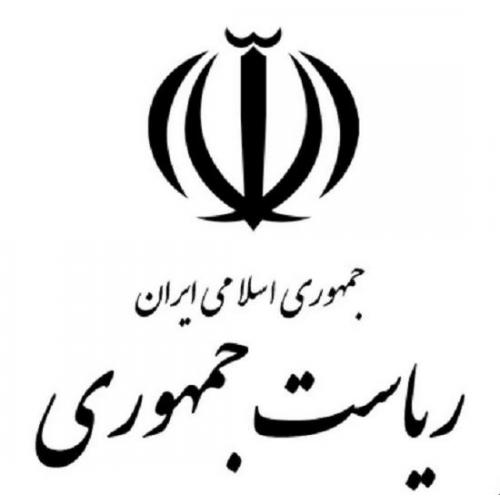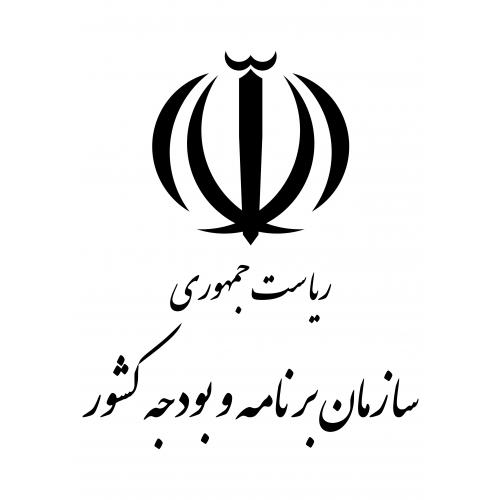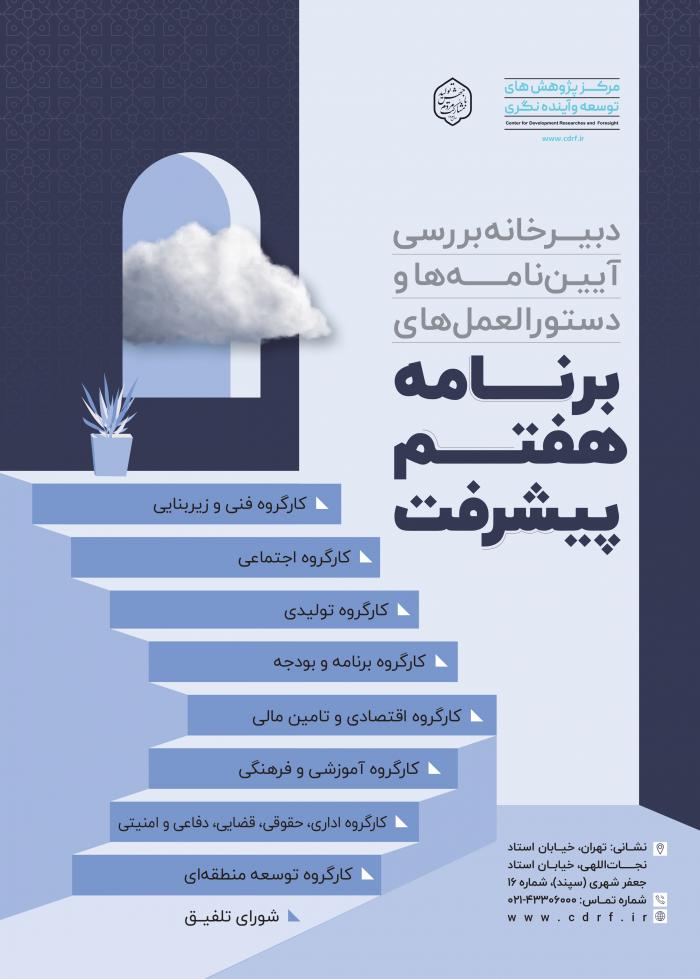
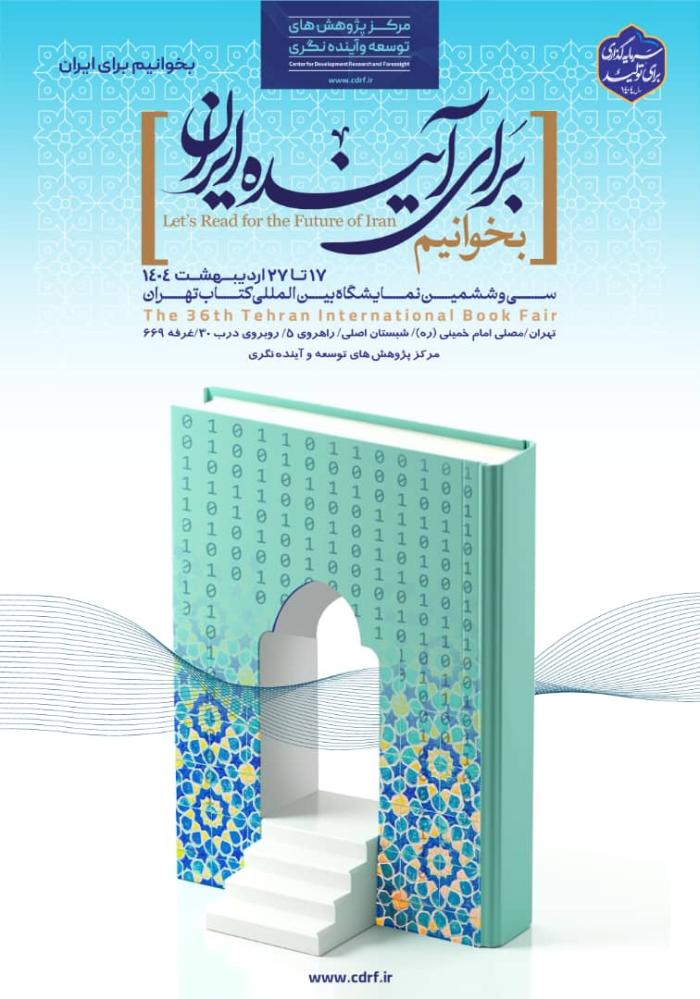
-
بررسی آییننامهها و دستورالعملهای برنامه هفتم پیشرفت
-
بررسی عوامل موثر بر افزایش تصادفات و تلفات جادهای و سوانح رانندگی و دادهکاوی تلفات انسانی
-
سازماندهی و بازآرایی فضایی آموزش عالی کشور
-
به روز رسانی سند ملی آمایش سرزمین
-
انجام مطالعات مناطق آزاد به عنوان نواحی پیشران اقتصادی کشور
-
اصلاح ساختار بودجه و پیاده سازی نظام یکپارچه مدیریت اطلاعات مالی دولت (IFMIS)
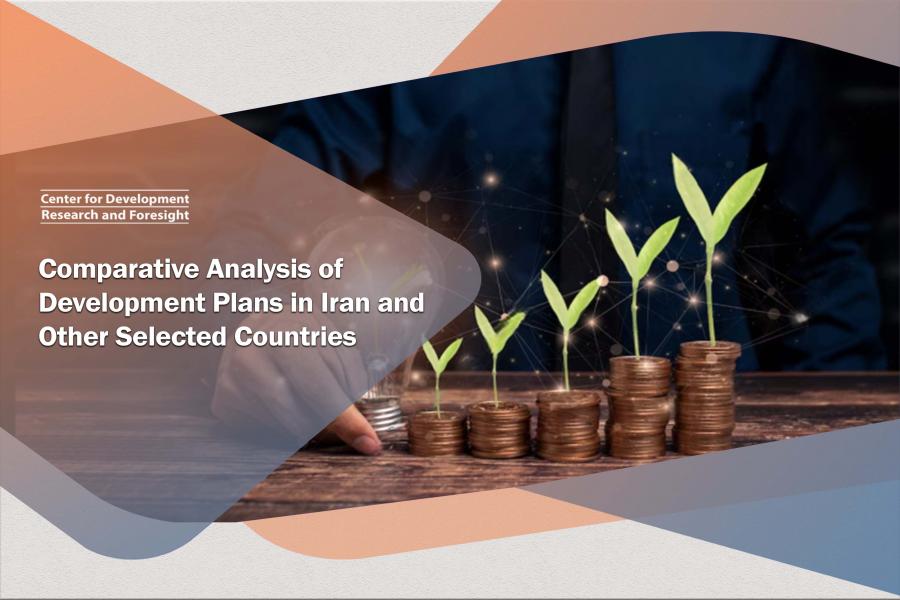
The concept of development has been greatly influenced by the need for reconstruction and prosperity in countries involved in World War II, as well as the modernization and progress of other countries. However, development is not just about economic growth. It also includes improving income distribution, reducing poverty, expanding production capacities, and providing education, healthcare, and communication services. In essence, development aims to improve the overall quality of life and covers various aspects.
After World War II ended, governments began prioritizing development with different goals. They designed and implemented short-term, mid-term, and long-term planning strategies to foster appropriate economic growth. Many countries such as Iran have a history of development planning. However, despite allocating resources and preparing numerous development programs, these programs in Iran have not been very successful. In contrast, some countries with less planning history have achieved greater success in this field.
To understand the reasons for the success and failure of development plans, it is important to conduct comparative studies and identify strengths, weaknesses, and obstacles. Comparative study is crucial because it helps us analyze the development plans and formulation processes of different countries to draw lessons and formulate effective development plans. By identifying similarities and differences in the development paths of various countries, we can create a roadmap for the desired development of the country.
The main objective of this research is to leverage lessons learned and highlight key considerations in the preparation and compilation of development plans for planners. The research focuses on analyzing the formulation process of development plans in Iran and selected countries. We consider the latest development programs to ensure the most relevant lessons are applied.
Based on the comparative review, we have identified several important points:
- Selected countries primarily focus their development programs on operational plans rather than regulations.
- The time horizon for development programs in selected countries is typically five years.
- Most development programs in selected countries emphasize economic growth.
- Spatial planning is given significant attention in the development programs of selected countries, alongside the preparation of spatial development documents.
- Community-oriented and participatory planning methods and approaches are common in development programs in selected countries.
- Issues and challenges are key considerations in the development program processes of selected countries.
In conclusion, conducting comparative studies of development programs provides valuable insights and allows for the identification of effective strategies and best practices. By learning from successful experiences and addressing challenges, countries can formulate and implement more effective development plans.

